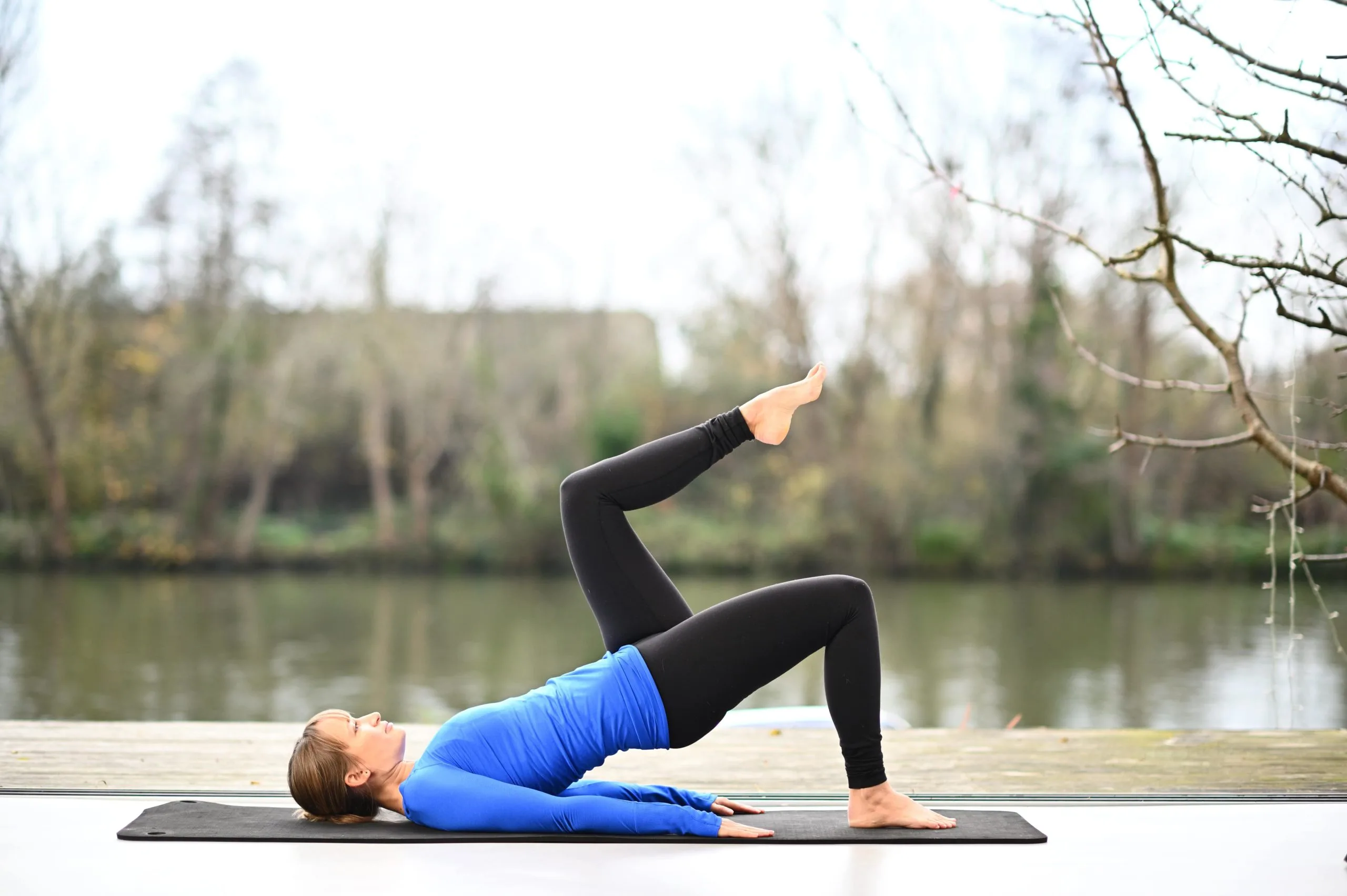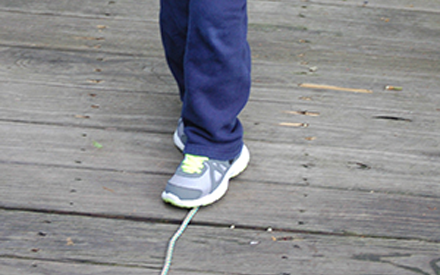Dynamic Ageing: Tips to Moving More and Exercising Smarter
- Vanessa Mansergh

- 6 days ago
- 4 min read
Updated: 1 day ago
Growing older doesn’t have to mean getting weaker or losing your independence. With the right kind of movement — especially exercise that builds strength, balance, and confidence — you can stay active, enjoy everyday life, and reduce the risk of falls and fractures.
More 55-74 year olds are staying active than ever before and are taking part in strength and balance-based activities like Pilates and yoga which is good news. However, the downside is muscle loss and fall risks for those who are inactive for health reasons (disease or pain in the joints or muscles).
As our ageing population grows, we have to find ways to support them. I am grateful as a Clinical Pilates Instructor of this age group to see the benefits of moving well first hand. Whether it is dancing, nordic walking, swimming, running, cycling or rowing, the enthusiasm is there to stay fit.
Inactivity sucks!
Many people over 75 remain much less active than younger groups according to Sports England Active Lives data, and inactivity levels tend to rise sharply after retirement.
The repercussions:
Muscle Loss: known as sarcopenia which accelerates with age.
Muscle strength declines: inactivity accelerates the process leading to frailty, and slower recovery.
Risk of falls: around one in three adults over 65, and nearly half of those over 80, experience at least one fall every year. These falls are the most common cause of injury-related hospital admissions in older adults.
Staying strong and steady isn’t just about fitness, it’s about quality of life, confidence, and independence.
Why Strength and Balance Matter
Strength and balance aren’t just for athletes — they are essential for everyday living to:
Prevent falls and injury: Better balance means fewer trips and slips, while stronger legs and hips help protect you if you do lose your footing.
Maintain independence: Climbing stairs, carrying shopping, or standing up from a chair all depend on leg and core strength. Once those abilities fade, social activities and confidence often follow.
Improve overall health: Strength work improves bone density, supports joint health, and helps regulate blood sugar — all crucial for healthy ageing.
The NHS now recommends that all adults over 65 do strength and balance exercises at least twice a week. Pilates is one of the best ways to achieve that goal safely and enjoyably. This has been a mantra of mine for a long time.
Why Pilates Works So Well for Ageing Bodies
Pilates is often described as “controlled, precise movement” . It combines mindful breathing, posture awareness, and strength work, all at a pace your body can handle.
The Benefits:
Low-impact and joint-friendly – ideal if you’ve had injuries or arthritis.
Adaptable – exercises can be made simpler or more challenging.
Holistic – Pilates trains balance, coordination, and flexibility alongside strength.
How it Works:
Regular Pilates practise improves:
Core and hip stability: A strong centre helps control movement, reduce sway, and protect the spine.
Coordination & Balance: Pilates trains the mind-body connection — your ability to move with control and react to imbalance. e.g. Walking or running on rough terrain
Functional movements: Many Pilates exercises mirror real-life actions like reaching, twisting, stepping, bending, lifting and standing from a seated position.
Strength: Equipment like resistance bands, small weights, or bands allow you to gradually increase load — key for maintaining and building muscle as you age.
Even small, steady progress can make a big difference to your confidence and mobility.
3 Exercises to Get You Stronger
Always work within your comfort zone and have a stable chair or surface nearby for support.
Single-Leg Balance (Pic 1): Stand tall, holding the back of a chair. Lift one foot a few centimetres off the floor, keeping your hips level. Hold for 10–20 seconds, then switch sides. Repeat 3 times each leg.
Shoulder Bridge with March (Pic 2): Lie on your back with knees bent, feet hip-width apart. Lift your hips into a bridge by squeezing your glutes (buttocks), then slowly raise one foot and lower your bottom back down before repeating on the other side. Make it easier by pressing down into your arms and the heel of the leg that remains down. Alternatively, do an easier version by lifting & lowering a heel instead of lifting the whole leg. Alternate sides for 8–12 repetitions. Strengthens glutes and hamstrings — key muscles for stability.
Heel-to-Toe Walk (Pic 3): Walk slowly in a straight line, placing the heel of one foot directly in front of the toes of the other. Focus on posture and control. 10–20 steps, rest, and repeat. Excellent for balance and coordination.
These simple exercises, done regularly, can quickly improve your stability and confidence on your feet.
Tips For Better Exercise Habits
Research shows that most improvements in strength and balance occur after 8–12 weeks of regular practice, ideally two or more sessions per week.
Try these...
Hydrate well
Add cardio/day - walking, running, rowing, dancing, swimming or cycling
Eat plenty of protein (10% of body weight at least, more as you age & exercise)
10mins/day is a good starting point if you're deconditioned
Strength & balance exercises (as above) at least twice a week
Set a timer to keep you on track
Invite a friend to join you
Use your bed if you can't reach the floor
To Summarise
Getting older doesn’t have to mean slowing down. By keeping your muscles strong and your balance good, you can protect your independence, confidence, and enjoyment of life. Pilates provides a supportive, adaptable, and evidence-based way to do just that — helping you move well, stay strong, and age well.
If you’d like to start building strength and balance safely, try my online programs. The Healthy Bones program is ideal for better balance and the Express Classes are just 10-15mins long for a quick work out.
Or, if you prefer live classes, join one of my small-group Pilates classes where you’ll learn how to move better, stand taller, and feel more confident every day.














Comments